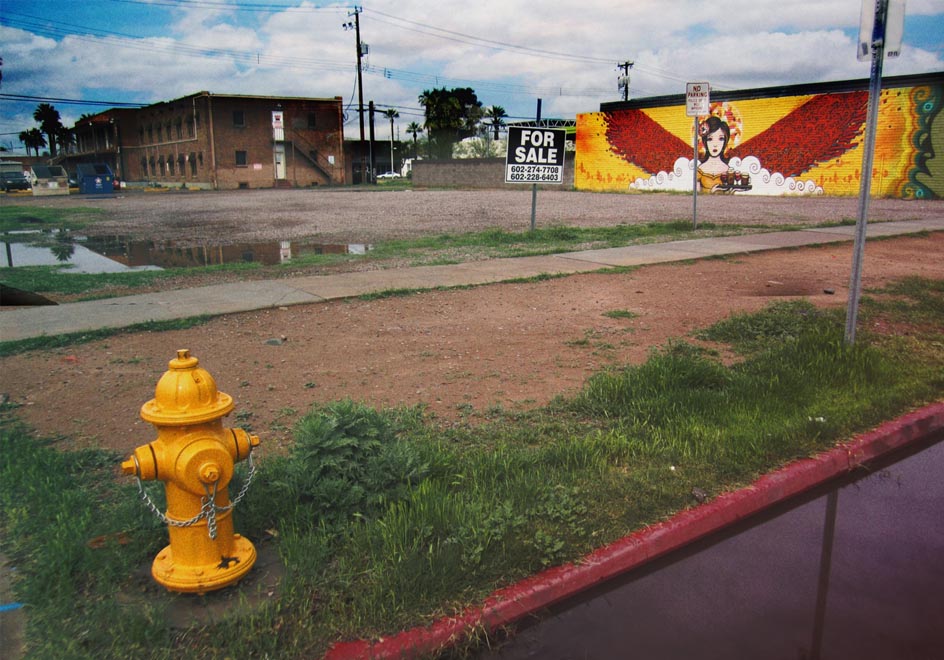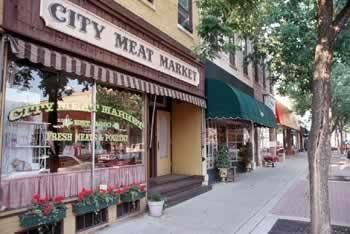By Dom Nozzi
The Boulder Colorado City Council recently considered permanently closing Pearl Street west of the Mall.
One response to the pandemic on Pearl Street has been to allow retailers to expand into public streets and sidewalks. In the case of Pearl Street west of the Mall, this has included closing the street to cars.
While I largely supported these reforms, I would urge caution. Yes, the idea of reallocating space on Pearl Street to move away from exclusive car use is long overdue and would achieve important benefits. But there are a few likely negative outcomes.
A lot of us “put people before cars” folks will see the idea of closing Pearl to cars beyond Pearl St Mall as irresistibly seductive.
I’m not so sure.
Urban designers know that prohibiting cars on more than a few blocks is almost always fatal to retail unless there is sufficiently compact mixed-use development along the street. Pearl is far less compact than is needed to support more closure.
Another worry: one suggestion is to reallocate space from cars to make Pearl a one-way street. One-way conversion was popular in the 60s and 70s, but we now know they are terrible for a town center – particularly for retail. A growing number of one-ways are therefore being converted back to two-way.
Even with a pandemic crisis, it is politically difficult to close streets to cars.
Fortunately, there is a Third Way.
A compromise that would offer enormous benefits, be relatively feasible politically, promote retail health, retain fire truck access, and enhance public health (from both added social distancing space and boosting the amount of walking and bicycling) is a “woonerf.”
I believe the woonerf is a “Third Way” design. It creates a low-speed street design on Pearl – a “living street” safely shared by cars, pedestrians and cyclists (Google “woonerf,” or go to https://en.wikipedia.org/wiki/Woonerf). Woonerfs can be installed quickly, relatively cheaply, and temporarily if they do not work out.
Some people call such design “give-way” streets, where the two-way street is so narrow that the motorist must “give-way” to an on-coming car.
Low-speed design would allow two-way car travel to continue on Pearl, but would obligate motorists to drive very slowly (say, 10-15 mph) and very attentively. So much so that even children and seniors would be safe and happy to sit in the street or walk or bicycle in the street.
I recommend the woonerf treatment for Pearl west of the Mall to 9th Street and east of the Mall to, say, 19th Street.
How is a low-speed two-way street created? On Pearl, it would mean the removal of the awful design decision of a continuous left-turn (suicide) lane in the middle of the street. That alone allows ample space reallocation.
Second, shrink the width of the travel lanes to, say, 9 feet each. Also shrink the height of signs and street lights to create a “low-speed ambiance.” Add street furniture, and plenty of new green tree, shrub and flower landscaping in elevated “planter” boxes to the street (exactly the way it was done on Pearl St Mall, by the way).
Woonerfs typically eliminate curbs and elevated sidewalks to signal that the street is slow-speed and shared between cars, cyclists, and walkers. By doing each of these things, we would create an extremely safe, happy, vibrant Pearl Street that prioritizes people (cyclists, peds, seniors, and children) over cars without eliminating cars.
Cars, as is the case in Dutch woonerfs, are able to remain but they are obligated by the street design to be very slow speed and safely attentive. Retail and restaurant businesses would flourish with the big increase in space, and the much slower speeds by motorists (who, because they are driving more slowly, are more likely to stop and be customers).
The new street design would lead to a jump in the number of pedestrians and cyclists on Pearl Street who were previously too worried to walk or bike there due to the pro-car design. By allowing slow-speed cars, a woonerf allows a city with insufficient compactness to deliver sufficient customers to businesses along the street.
So yes! Let’s reallocate space on Pearl so that it is pro-people rather than pro-car. But let’s do it right, and avoid the mistakes of the past.



 Because big, high-speed roads are hostile for pedestrians and shoppers. Add to that the fact that it is relatively inconvenient to drive and park along town center streets compared to, say, a shopping center parking lot. What happens is completely predictable: EVERYONE shops at the shopping center and no one shops in the town center. Instead, downtown gets vacancies, low property values, pawn shops, gas stations, deadening offices, fringe activities, tattoo parlors, etc.
Because big, high-speed roads are hostile for pedestrians and shoppers. Add to that the fact that it is relatively inconvenient to drive and park along town center streets compared to, say, a shopping center parking lot. What happens is completely predictable: EVERYONE shops at the shopping center and no one shops in the town center. Instead, downtown gets vacancies, low property values, pawn shops, gas stations, deadening offices, fringe activities, tattoo parlors, etc. we desire. A walkable, human-scaled town center main street will inevitably deliver small, interesting, vibrant, sociable shops, cafes, etc. Businesspeople and property owners will suddenly see a healthy market that will encourage them to build such things on their property. As it is on the widened main streets, the high-speed car sewers chase such shops and experiences away. Car sewers create a very poor market for the kinds of businesses we desire.
we desire. A walkable, human-scaled town center main street will inevitably deliver small, interesting, vibrant, sociable shops, cafes, etc. Businesspeople and property owners will suddenly see a healthy market that will encourage them to build such things on their property. As it is on the widened main streets, the high-speed car sewers chase such shops and experiences away. Car sewers create a very poor market for the kinds of businesses we desire. We need to ask other, more appropriate questions to measure quality of life (and transportation): How healthy is the retail? The downtown? Are large numbers of tourists interested in visiting? Are there lots of bicyclists? Transit users? Pedestrians? How expensive is downtown housing compared to similarly-sized cities? Are residents proud and protective of their city?
We need to ask other, more appropriate questions to measure quality of life (and transportation): How healthy is the retail? The downtown? Are large numbers of tourists interested in visiting? Are there lots of bicyclists? Transit users? Pedestrians? How expensive is downtown housing compared to similarly-sized cities? Are residents proud and protective of their city?

